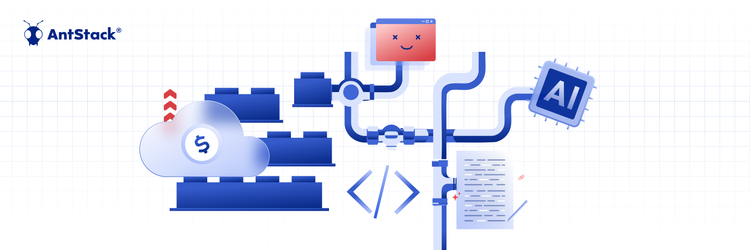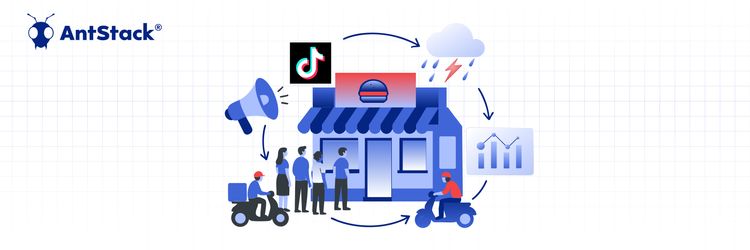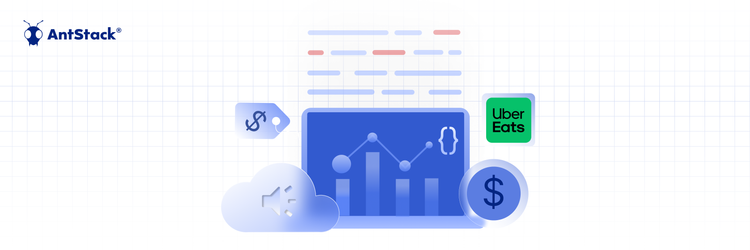Rethinking Cloud Spend: Modernization Over Short-Term Cuts
The serverless development companies look for various virtualized computing options to execute the applications within the cloud, decrease costs, and operate them more efficiently. Some of these options include serverless architecture and virtual machines. What is serverless? Serverless is recognized as a cloud computing model in which a specific cloud service provider handles the infrastructure. Thus, it allocates different computing resources, which are essential to execute the applications. Speaking of the serverless architecture, the developers need to write and deploy the code as functions that run in response to different events without the need to manage the infrastructure and underlying servers. Speaking of the serverless environment, the cloud service provider charges according to the number of times the function runs, the total time for which the function executes, and the memory that the function uses. Hence, the serverless development is recognized as a budget-friendly choice to execute different apps with intermittent usage patterns since the resources get consumed, catering to the needs. What is a virtual machine? A VM, or virtual machine, is recognized as computer system emulation, which provides a suitable choice for several operating systems to execute on a single physical machine. It offers self-contained operating system environments that execute on the host operating system. Now, we will discuss the benefits of virtual machines.
Virtual machines offer a secure environment to execute services and apps, as they are isolated from the specific host operating system and different virtual machines. The virtual machines offer a higher degree of isolation between various operating systems and applications. Thus, it helps prevent the occurrence of conflicts. The virtual machines are used for different disaster recovery benefits. Thus, you can replicate and move them between different physical machines in case of failure. It is possible to allocate a certain amount of CPU, memory, and storage resources to the virtual machines. Thus, you can optimize the performance of various services and applications. There are ways to move the virtual machines between various physical machines. Hence, it is a flexible choice to facilitate development and testing. You can use the virtual machines to execute different operating systems on a single physical machine. It ensures compatibility with the legacy application and software.
Benefits of choosing serverless over virtual machines The serverless application development provides a plethora of benefits over the virtual machine architecture, which are mentioned below: Scalability Serverless computing is known to be highly scalable. Thus, it ensures automatic scaling to meet the demands, catering to the needs. By choosing virtual machines, you need to manage and configure the infrastructure manually, as it helps manage the enhanced loads.
Cost Serverless computing is an affordable choice compared to virtual machines, as you need to pay for the resources you are using as the code runs. By choosing virtual machines, you need to pay for their complete capabilities, irrespective of how much you are using them. Event-driven
Serverless computing is meant to be event-driven. Hence, it can respond to different events and trigger actions in real time. Hence, it is a suitable choice for different apps, such as data processing in real time, the Internet of Things, mobile, and web backends.
Faster deployment
The serverless open source facilitates quicker app deployment as you need to configure and provision different virtual machines. It will lead to a quicker time to market and faster updates to different apps. Maintenance
Serverless computing removes the management and infrastructure needs, as the cloud service provider takes care of the specific underlying software and hardware. It decreases the burden on the employees with a focus on code deployment and code development instead of handling the infrastructure. Serverless computing offers a more scalable, budget-friendly, and simpler choice for computing than virtual machines.









